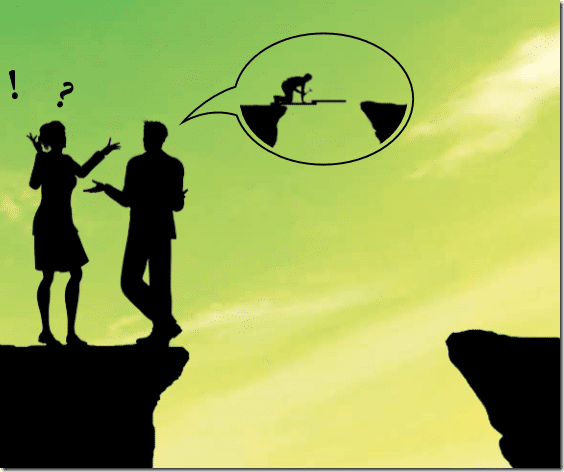Organising to Manage Uncertainty in an Unpredictable World
Inaugural post by Rob Edmondstone (I am sure he would appreciate your feedback and encouragement)

Although it appears to be a silly or trick question, the answer is that you can not. If you were able to, whatever you were planning to prepare for would not be unexpected because you have to think of it in order to plan for it, therefore making it expected.
There are however, certain things that can be done to help. Although not a fix or guarantee, the research and knowledge shared by Weick and Sutcliffe in “Managing The Unexpected” provides some insight.
While the term “unexpected event” sounds rather innocuous, Weick and Sutcliffe highlight what is a stake when they claim “Unexpected events often audit our resilience. Some of these audits are mild but others are brutal”.
Many of us are familiar with the brutal audits created by unexpected events. They become widely publicised, some even dramatised into Hollywood features with examples including chemical plant accidents, coal mine explosions and off shore oil rig disasters.
Weick’s research has led to the development of five high reliability organising principals. He presents five things which can help an organisation become more robust and resilient should an unexpected event occur. Weick puts forward 5 principles for developing robust and resilient organising, these are:.
|
Weick’s HROing Principle |
Collective Mindfulness Meaning |
|
Preoccupation with failure |
Always thinking what could go pear shaped and prepare for it by attending to it – no gloating |
|
Reluctance to simplify |
Refuse to understand things as simple or easy |
|
Sensitivity to operations |
Ongoing concern with the unexpected and focus on the frontline and relationships |
|
Commitment to resilience |
Mistakes are not the end of functioning, errors are kept small. Errors are welcomed as an opportunity for learning |
|
Deference to expertise |
Making sure the best person does the job regardless of rank or level |
With support and coaching from Dr Rob Long, our organisation has begun the task of transforming the culture to be able to firstly face, then tackle and ultimately survive unexpected events when they occur. We have achieved this by implementing a program with a strong focus on human centred systems, developing risk maturity and improving resilience. This transformation is building a robust organisation with people who can adapt and overcome the unexpected and tackle uncertainty.
Our journey is away from the usual; or standard closed system, away from policing and towards a more open, trusting and mindful system. As a result we have seen less focus on data, figures, statistics and injury rates and an increased focus on creation of mindfulness, independent thinking, observation, conversation and listening.
Our leaders have been educated in aspects of the ways that people think and make decisions, both conscious and unconscious. Time has been spent understanding the significance of language and enhancing communications which facilitate open dialogue where leaders suspend their agendas and move away from telling and towards caring.
Our workforce has been trained to consider individual psychological factors and Group (culture) psychological factors when developing their risk assessments for their daily activities. Before undertaking tasks, workers go beyond considering the usual physical factors or objects involved which may pose a risk and developing controls, and also consider individual psychological factors and social or cultural factors which may also influence the task. Our entire workforce has been made familiar with these concepts and know them as Workspace (physical objects), Headspace (psychological factors) and Groupspace (social or cultural factors).
Our workforce are more open in reporting of incidents, hazards and near misses. Our investigation process has been updated and formalised, including a cross section of employees in any investigation process and a method of capturing learnings and sharing these is now in use. There are plans to incorporate a method of improving our current investigation methodology by adding the dimensions of Headspace and GroupSpace as areas to explore as part of the process.
The education sessions in this human-centred program and associated positive interactions within the workforce have created additional benefits as people remain more engaged, open and receptive to conversations around risk and show ownership of the risk. Furthermore, It is notable that interpersonal relationships across all levels of the organisation have improved significantly and there are observations of people being more willing to listen and seek advice.
Conversations with our workers indicate that they understand in terms of resilience that they have not “arrived” but are still in the process of journeying and will undoubtedly face challenges (or audits as discussed by Weick) in the future. Focusing on leadership, language and learning, and through a continuing education program building upon what has already laid down supporting the implementation and use of Dr Long’s practical Social Psychology of Risk tools, we will be increasing our capacity to adapt and tackle the unknown. This means we will be better equipped to a working position where the uncertain is unlikely to break us.


Do you have any thoughts? Please share them below